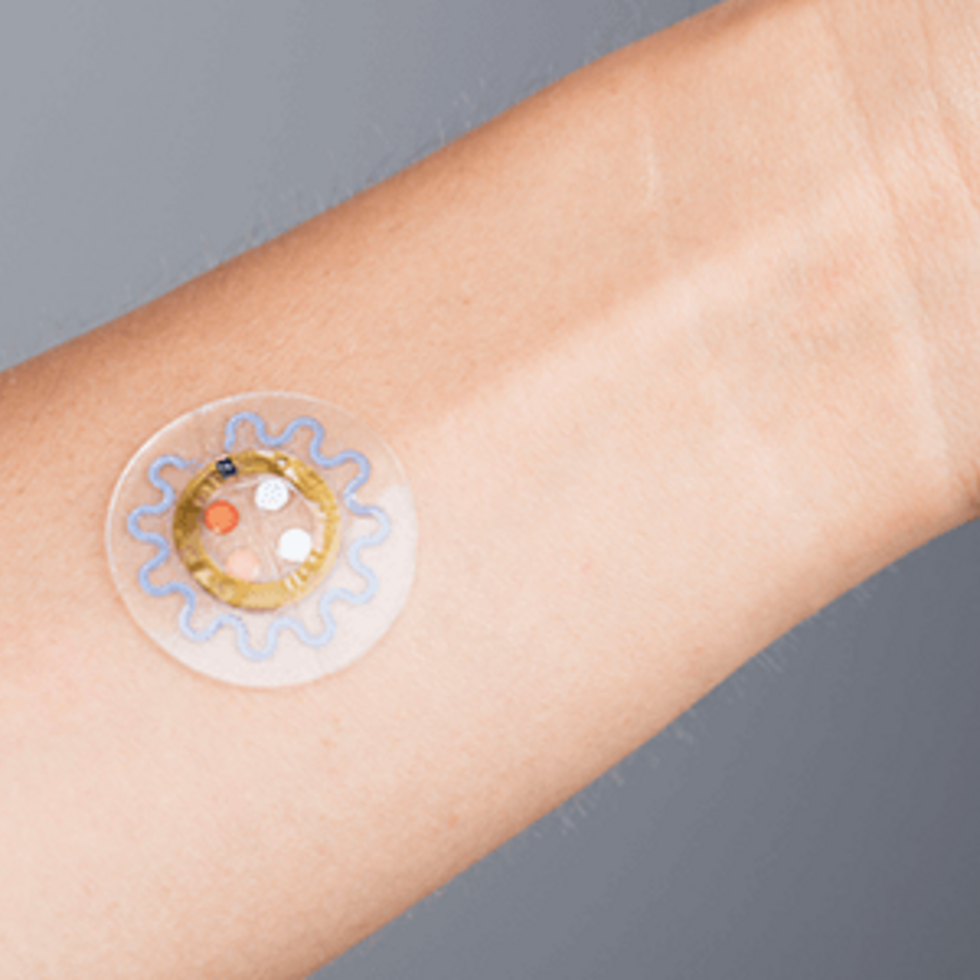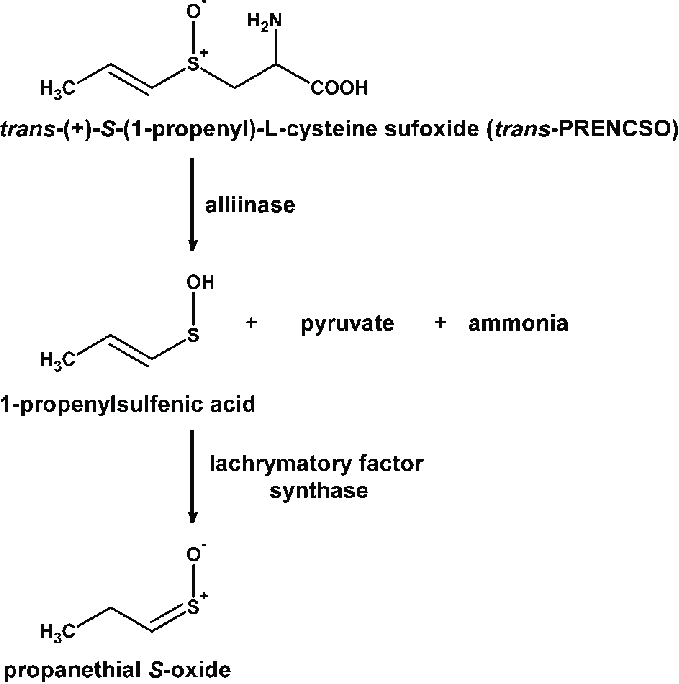SWEAT SCIENCE UNVEILED: THE HIDDEN CLUES IN YOUR PERSPIRATION (SWEAT BIOMARKERS)
- Kaviya Dhanasekaran

- Jan 8, 2024
- 4 min read
INTRODUCTION
Sweat, a vital component of thermoregulation, contains a range of solutes, including vitamins, trace minerals, metabolites, cytokines, and compounds. The similarity in solute types between sweat and blood highlights the importance of extracellular fluid in sweat genesis. Recent research has led to sweat being used as a diagnostic tool, with the identification of elevated sweat chloride concentration as indicative of cystic fibrosis nearly seven decades ago. However, the use of sweat biomarkers is limited by unresolved questions about sweat solute secretion mechanisms and methodological challenges. This review aims to explore the fundamental mechanisms governing sweat composition and evaluate evidence supporting sweat as a blood solute surrogate.
SWEAT GLAND TYPES, STRUCTURE AND FUNCTION

Sweat glands are classified into three main types: eccrine, apocrine, and apocrine. Eccrine glands, the most widespread, secrete an aqueous solution rich in sodium chloride. Apocrine glands are more localized and produce a more viscous, lipid-rich sweat containing proteins, sugars, and ammonia. Apocrine glands, exclusive to the axillary region, secrete salt-water solutions. Sebaceous glands, dispersed over the body, secrete a lipid-rich fluid. Exocrine gland secretions are central to sweat biomarkers, with most studies focusing on areas like the arms, chest, back, or legs. Both sebaceous and apocrine glands operate under hormonal control, with their secretions potentially serving as pheromones. The endocrine sweat gland consists of a secretory coil and a duct, both composed of a simple tubular epithelium. During exercise, the sympathetic cholinergic system triggers eccrine sweating, releasing primary sweat nearly isotonic to blood plasma.
OVERVIEW OF SWEAT COMPOSITION
Sweat composition consists of various solutes, with Na+ and Cl– being the most concentrated, ranging from 10 to 90 mmol/L. Other constituents include lactate, urea, ammonia, bicarbonate, and potassium. Other constituents are measured on micromolar or smaller scales. Few constituents have similar concentrations in sweat and blood, and some solutes are relatively dilute in sweat due to duct reabsorption or transport limitations across eccrine gland cells. When solutes appear in final sweat at higher concentrations than blood, they could be derived from the skin or eccrine sweat glands.
Unraveling the Mysteries of Sweat Composition: Implications for Sports Science and Health Monitoring

Sweat composition is complex and influenced by various factors, including sodium (Na+), chloride (Cl–), and potassium (K+). The balance between ion reabsorption in the duct and secretion in the clear cells of the secretory coil determines their final levels. The Na+-K+-2Cl− cotransport model facilitates their secretion, while reabsorption involves passive Na+ influx through epithelial Na+ channels (ENaC) and active transport via Na+-K+-ATPase in the basal cells of the eccrine duct. Cl− Cl-reabsorption, mainly passive, occurs through cystic fibrosis transmembrane conductance regulator (CFTR) channels. Hormonal control of circulating aldosterone influences Na+-K+-ATPase activity, with fitness, diet, and heat acclimation impacting resting plasma aldosterone levels. Sweat electrolyte concentrations are variable within and between athletes, and their use as biomarkers in sports applications raises questions due to limited correlation with blood concentrations and significant variations in response to factors like exercise intensity, environment, or diet. Sweat electrolyte concentrations do not serve as valid biomarkers for hydration status. Metabolites like lactate, glucose, amino acids, and bicarbonate reveal the energetic facets of sweat gland function. Lactate's origin in sweat is linked to eccrine gland production, while glucose's secretion mechanisms are less clear. Amino acids in sweat in concentrations exceeding blood levels may originate from plasma or skin natural moisturizing factors (NMFs) and epidermal proteins. Bicarbonate's role in acid–base balance involves complex secretory mechanisms, influencing the pH of final sweat. The exploration of sweat metabolites as potential biomarkers opens up a realm of possibilities, but the current evidence lacks a solid correlation between sweat and blood metabolites in healthy individuals, both at rest and during exercise. The mechanisms of secretion of nitrogenous wastes, urea, uric acid, and ammonia in sweat are intriguing.
CHALLENGES

Sweat as a biomarker faces several challenges, including non-plasma sources, methodological intricacies, and individual variability. Non-plasma sources include substances from the eccrine gland or contact with keratinocytes, making correlating sweat composition with blood markers difficult. Methodological factors, such as sweat stimulation mode and wearable sensor studies, can also influence sweat flow rate and composition. Regional differences in sweat distribution and composition add complexity, and understanding these spatial variations is crucial for interpretation. Interindividual factors, such as heat acclimation status, diet, disease, medication, tattoos, sex, age, and maturation, can affect sweat solute concentrations. Changes in exercise intensity or environmental conditions can impact final sweat composition, particularly in components like sodium, chloride, lactate, urea, and bicarbonate. Understanding the dynamic relationship between these factors is crucial for accurate interpretation. Interindividual variability, such as differences in cortisol, is also significant, making baseline measures and considerations for the time lag from circulation to sweat important for interpretation.
CONCLUSION
The complexity of sweat as a fluid and the various factors that contribute to its composition are crucial for its use as a reliable biomarker in sports science and clinical applications. However, practical applications in sports science have been limited due to challenges such as the complexity of sweat composition, its independence from blood concentrations, methodological intricacies, precision requirements for specific applications, technical challenges in wearable sweat sensing, and gaps in the literature. Further research is needed to validate sweat's utility in these fields.
PRACTICAL APPLICATIONS AND FUTURE RESEARCH
Sweat diagnostics can be useful for quantifying sodium chloride losses during exercise, but not as a real-time biomarker for hydration status. Studies show increased concentrations of trace minerals and vitamins in sweat after oral administration, but comprehensive studies are lacking. There is limited evidence of a correlation between sweat and blood concentrations, especially in healthy individuals. Sweat constituents are partially independent of blood concentrations due to ductal reabsorption or production by eccrine glands or skin. Future research should tailor sweat stimulation methods to the intended question and application, considering factors like local or whole-body stimulation, pharmacological or thermal methods, and resting 24-hour vs. acute exercise studies.
About the Author:
Kaviya. D
Biotech undergraduate
REFERENCES
SWEAT BIOMARKERS FOR SPORTS SCIENCE APPLICATIONS Lindsay B. Baker, PhD1, Megan D. Engel, PhD1, and Anthony S. Wolfe, MS2 1 Gatorade Sports Science Institute, Barrington IL, USA; 2 Gatorade Sports Science Institute, Frisco TX, USA
Baker, L.B., and A.S. Wolfe (2020). Physiological mechanisms determining eccrine sweat composition. Eur. J. Appl. Physiol. 120:719-752.
Buono, M.J., R. Claros, T. Deboer, and J. Wong (2008). Na+ secretion rate increases proportionally more than the Na+ reabsorption rate with increases in sweat rate. J. Appl. Physiol. 105:1044-1048.
IMAGE CREDITS




Comments